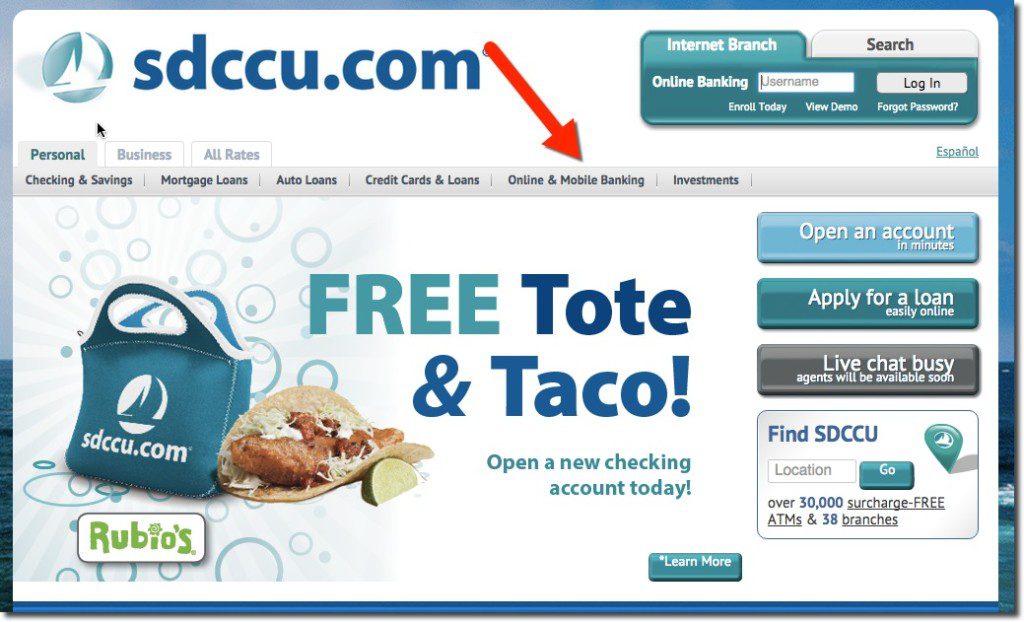 Fintech funding records continue to fall. Last week was the record number of deals with 27. This week it was the biggest total dollars raised at $1.6 billion, from 27 companies again. The vast majority of the money ($1.5 billion) went to three online lenders (Sofi = $1 billion; Avant = $340 million; Dianrong = $220 million). As private companies, there is not a lot of transparency about deal-terms in these three mega-rounds. However, we expect most, if not all, of the funding was structured as debt.
Fintech funding records continue to fall. Last week was the record number of deals with 27. This week it was the biggest total dollars raised at $1.6 billion, from 27 companies again. The vast majority of the money ($1.5 billion) went to three online lenders (Sofi = $1 billion; Avant = $340 million; Dianrong = $220 million). As private companies, there is not a lot of transparency about deal-terms in these three mega-rounds. However, we expect most, if not all, of the funding was structured as debt.
One Finovate alum was in the mix this week: Tio Networks picked up $1.7 million in a secondary stock offering. So far this year, 94 Finovate alums have raised $2.9 billion, about a quarter of the $11.9 billion raised by the entire fintech sector (weekly detail).
Here are the deals by size from 14 August to 20 Aug 2015:
SoFI (Social Finance)
Student loan marketplace lender
HQ: San Francisco, California
Latest round: $1 billion ($4 billion valuation)
Total raised: $1.75 billion (at least $400 million is debt)
Tags: Student loans, credit, underwriting, refinance, crowdfunding, P2P, investing
Source: Wall Street Journal
Avant
Alt-consumer lending
HQ: Chicago, Illinois
Latest round: $339 million (Debt)
Total raised: $1.43 billion ($1.1 billion debt, $330 million equity)
Tags: Consumer credit, underwriting
Source: Fortune
Dianrong
Marketplace lender and digital banking solutions provider
HQ: Shanghai, China
Latest round: $207 million Series C ($1 billion valuation)
Total raised: $219 million
Tags: Lending, digital banking, P2P, credit, consumer, SMB, underwriting, Standard Charter (lead investor)
Source: FT Partners
LaunchPoint
Health care payments and analytics software
HQ: Goleta, California
Latest round: $22.5 million
Total raised: $26 million
Tags: Payments, insurance, BI, analytics, enterprise
Source: FT Partners
Revel Systems
iPad-based point-of-sale system
HQ: San Francisco, California
Latest round: $13.5 million ($500+ million valuation)
Total raised: $129 million
Tags: Merchants, SMB, card acquiring, POS, mobile, tablet
Source: Crunchbase
GroupLend
Canadian marketplace lender
HQ: Vancouver, British Columbia, Canada
Latest round: $10.2 million
Total raised: $10.2 million
Tags: Lending, consumer, credit, loans, underwriting, investing, P2P, crowdfunding
Source: FT Partners
MarketInvoice
Marketplace lender for invoice-backed, small-business loans
HQ: London, England, United Kingdom
Latest round: $9.3 million Series A
Total raised: $20 million
Tags: SMB, crowdfunding, P2P, factoring, investing
Source: FT Partners
GuiaBolso
Brazilian personal finance service
Latest round: $7 million
Total raised: $7 million
Tags: PFM, personal finance, money management
Source: FT Partners
Guideline Technologies
401(k) solutions
HQ: San Mateo, California
Latest round: $2 million Seed
Total raised: $2 million
Tags: Investing, retirement, wealth management
Source: Crunchbase
nVoicePay
B2B payments network
HQ: Portland, Oregon
Latest round: $1.8 million
Total raised: $8.0 million
Tags: Payments, invoicing, accounts payable, accounting, receivables, SMB
Source: FT Partners
Tio Networks
Cloud-based billing services
HQ: Vancouver, British Columbia, Canada
Latest round: $1.7 million Secondary Stock Offering
Total raised: $22.7 million
Tags: Billpay, payments, SMB, accounts payable, invoicing, Finovate alum
Source: FT Partners
HouseHappy
Residential real estate marketplace
HQ: Portland, Oregon
Latest round: $1.3 million
Total raised: $5.0 million
Tags: Home buying, mortgage, lending
Source: Geekwire
CreditPoint Software
Risk metrics for B2B credit
HQ: Owasso, Oklahoma
Latest round: $890,000
Total raised: $1.05 million
Tags: Commercial lending, underwriting, SMB, credit report
Source: WhoGotFunded
Capital Match
Peer-to-peer lending marketplace for small businesses
HQ: Singapore
Latest round: $710,000
Total raised: $710,000
Tags: Credit, P2P, lending, underwriting, investing, SMB
Source: Crunchbase
Simply Wall Street
Mobile investment research and management tool
HQ: Sydney, Australia
Latest round: $600,000
Total raised: $700,000
Tags: Investing, trading, research, valuations, stock market, mobile
Source: FT Partners
Awamo
Microfinance management for the institution
HQ: Frankfurt, Germany
Latest round: $550,000
Total raised: Unknown
Tags: Lending, micro-credit, underwriting, servicing
Source: WhoGotFunded
Agio Technologies
Currency exchange app
HQ: London, England, United Kingdom
Latest round: $235,000
Total raised: $430,000
Tags: Mobile, fx, remittances, payments, funds transfer
Source: Crunchbase
Captain401
Easy 401(k) solutions
HQ: San Francisco, California
Latest round: $120,000
Total raised: $120,000
Tags: Y Combinator (YC S15), investing, retirement, wealth management
Source: Bank Innovations
Drip Capital
Online small-business lender
HQ: Sunnyvale, California
Latest round: $120,000
Total raised: $120,000
Tags: Y Combinator (YC S15), SMB, lending, credit, underwriting
Source: Techcrunch
Greenshoe (Saida)
Microlending in emerging markets
Latest round: $120,000
Total raised: $120,000
Tags: Y Combinator (YC S15), lending, underbanked, underwriting, consumer, credit
Source: Bank Innovations
SericaPay
Online and mobile payment platform
HQ: San Francisco, California
Latest round: $120,000
Total raised: $120,000
Tags: Y Combinator (YC S15), payments, acquiring, merchants, SMB
Source: Bank Innovations
Tab
Mobile payments geared to travelers
HQ: London, England, United Kingdom
Latest round: $120,000
Total raised: $120,000
Tags: Y Combinator (YC S15), payments
Source: Bank Innovations
Tesorio
Accounts receivable financing
HQ: Philadelphia, Pennsylvania
Latest round: $120,000
Total raised: $120,000
Tags: Y Combinator (YC S15), payments, acquiring, merchants, SMB
Source: Bank Innovations
Vest
Simplified stock-hedging via options
HQ: McClean, Virginia
Latest round: $120,000
Total raised: $120,000
Tags: Y Combinator (YC S15), investing, trading, options, stock market
Source: Dealbreaker
Xendit
Mobile payments
HQ: San Francisco, California
Latest round: $120,000
Total raised: $120,000
Tags: Y Combinator (YC S15), payments, mobile, wallet, Indonesia (market)
Source: Techcrunch
We Are Briqs
Digital banking solutions
HQ: London, England, United Kingdom
Latest round: Undisclosed
Total raised: Unknown
Tags: Online, mobile banking
Source: FT Partners
Moneytis
Low-cost money-transfer service
HQ: Paris, France
Latest round: Undisclosed
Total raised: Unknown
Tags: Payments, blockchain, remittances, FX
Source: Crunchbase
 Andreessen Horowitz’s Benedict Evans penned a compelling argument a few days ago about how the “mobile internet” is now the primary market to build services for. There are a couple good charts in the post, too, if you bring top management quickly up to speed:
Andreessen Horowitz’s Benedict Evans penned a compelling argument a few days ago about how the “mobile internet” is now the primary market to build services for. There are a couple good charts in the post, too, if you bring top management quickly up to speed:




















 That still leaves the problem of what to call it on a menu, or in a tab, if you offer a stand-alone service. Outside of banking, I think the most common term today is Advanced as in Google’s Advanced Search. Or, if you are potentially going to charge a fee, Pro is commonly used. If that seems too specific, it could be Premium or Select. Even the old credit card standbys, Gold, Platinum or Black, could be used.
That still leaves the problem of what to call it on a menu, or in a tab, if you offer a stand-alone service. Outside of banking, I think the most common term today is Advanced as in Google’s Advanced Search. Or, if you are potentially going to charge a fee, Pro is commonly used. If that seems too specific, it could be Premium or Select. Even the old credit card standbys, Gold, Platinum or Black, could be used.








